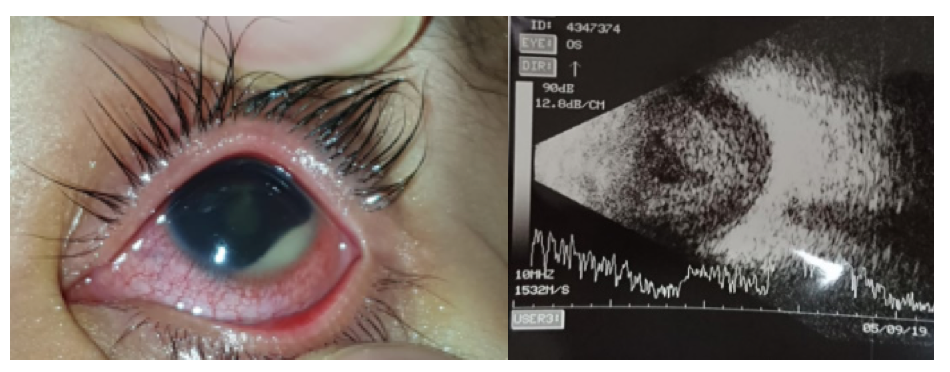Binocular therapy for amblyopia in children: a systematic review and meta- analysis of randomized controlled trials Oral Presentation - Observational Study - General practitioner
Abstract
Abstract
Introduction & Objectives : Concerns for low compliance and mixed outcomes with conventional deprivation therapy prompt the need to explore new modes of amblyopia treatment. Novel binocular therapy using movies or games may offer comparable outcomes with better compliance, theoretically strengthening the amblyopic eye by enhancing stereopsis. This study aims to elucidate current evidence regarding binocular therapy in comparison to conventional therapy in treating amblyopia in children.
Methods : Comprehensive literature search across five electronic databases was conducted using keywords selected a priori. Randomized controlled trials (RCTs) on binocular therapy in children with amblyopia were included and critically appraised using Cochrane risk of bias tool by three reviewers. Primary outcome was improvement of amblyopic eye VA, and a meta-analysis was conducted for quantitative data analysis.
Results : We included 16 RCTs eligible for inclusion with a total sample size of 1,520 patients. In comparing binocular therapy to either patching or spectacles, there was no overall significant difference in terms of VA change from baseline. Subgroup analysis suggests binocular therapy may be favorable within 2-4 weeks, although not statistically significant. Albeit subgroup analysis of video-based binocular therapy revealed significant improvement in VA compared to patching (0.39 logMAR, [0.03, 0.74], p = 0.03), yet the same was not found for game-based binocular therapy.
Conclusion : Efficacy of binocular therapy as a substitute for conventional therapy in treating amblyopia is not yet substantiated. Further exploration to determine most effective treatment protocol is needed, including strategies to increase adherence. Video-based therapy shows potential for improving outcomes and warrants further investigation.
Full text article
References
(-)
Authors

This work is licensed under a Creative Commons Attribution-NonCommercial-ShareAlike 4.0 International License.


